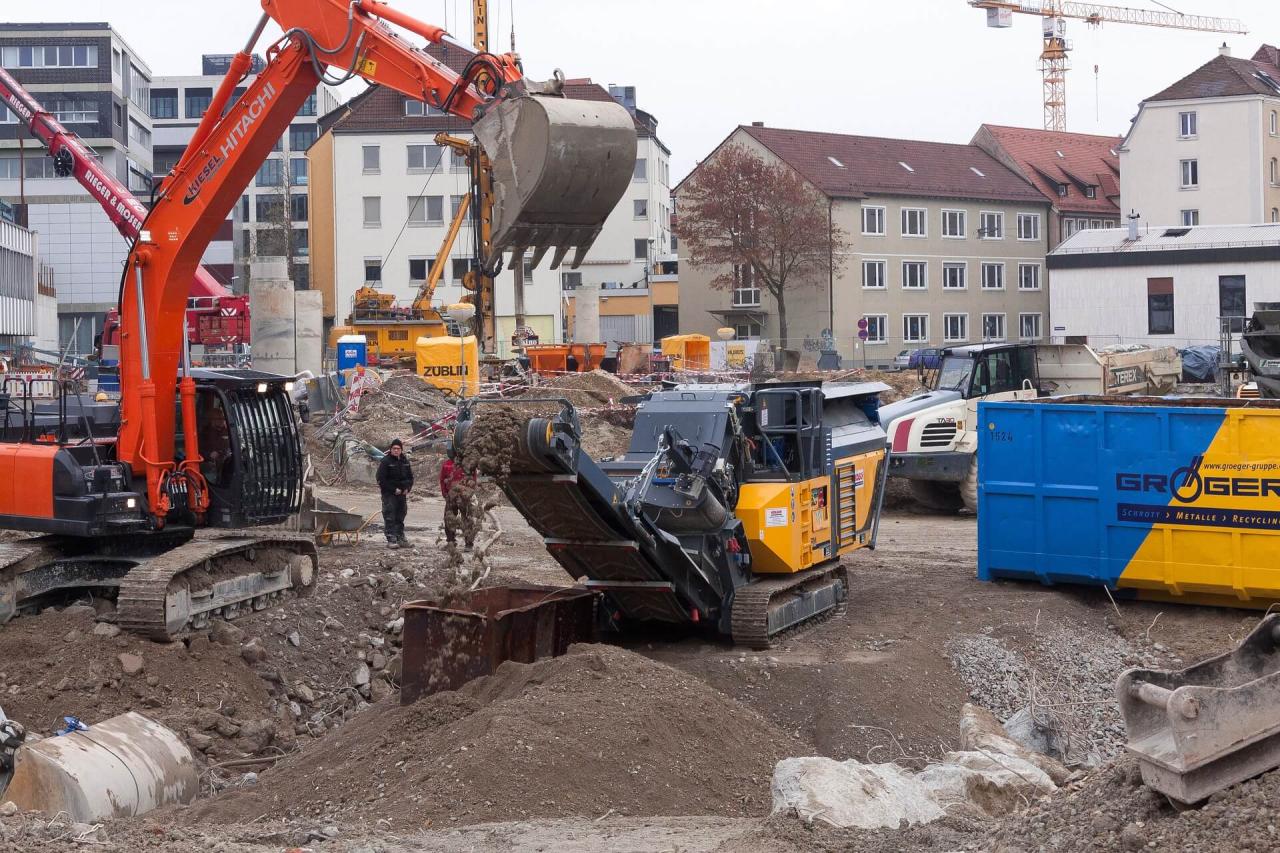Many construction industry analysts believe that these are “trying times,” despite nearly record-high demand for new housing, healthy new starts and future development plans in the commercial sector, and still-low financing rates. The best news is that a growing economy holds great promise for an industry that is clearly hoping to continue its recovery following the infamous “Great Recession.” The not-so-good part is, first, that construction has always been a cyclical industry, with multiple factors that can throw a monkey wrench, so to speak, into scheduling, profitability, and long-term positive growth. Downturns in construction are a way of life, as anyone knows who has been a part of the industry for more than a year or two.
Today, construction industry challenges are compounded by thin margins, materials shortages and delivery delays, productivity shortcomings and sustainability concerns. New technology is also a burden for some “old-timers” in the business, but that is a minor problem compared to the workforce woes.
Want to learn more? 95% of contractors have trouble finding skilled workers
Shrinking Labor Force
In order to understand the current labor shortage, one must look at what occurred in the early days of the 21st Century. Those were heady times when the future looked promising for almost everyone. “Traditionalists” in the construction industry — those who had moved up through the ranks to become managers and company owners, were looking forward to retirement, and younger skilled workers felt confident in their ability to earn a good living working in the various trades. Baby Boomers looked forward to a time when they could turn their businesses over to sons and daughters and retire to the golf course. The first group of Millennials were about to enter college, determined to make a living with their “brains” rather than their hands. High schools had already abandoned the idea of equipping students with job skills prior to graduation.

And then came the housing crisis; the entire economy went south.
Fast forward to today, and the result is a dearth of experienced management save for dissatisfied Baby Boomers who have not yet been able to live their retirement dreams, coupled with a poorly-trained and unenthusiastic group of middle managers. There are few employees waiting in the wings to take over from those who are in line to move into management positions, and a devastatingly small pool of skilled tradesmen and women remain determined to make a go of it in construction trades.
It’s a discouraging picture.
The construction industry meltdown and sub-prime mortgage crisis contributed to a loss of 1.5 million construction-industry jobs. Many independent contractors closed their doors, and those that survived had no money and little interest in mentoring, recruiting and preparing for a comeback. Electricians, plumbers, framers, trim carpenters and roofers — even engineers, surveyors and designers — left the industry to find other jobs; many never returned, and those who remain are now “older” and looking forward to their own retirements.
Addressing the Problem
Local unions and forward-thinking high schools and community colleges understand the need for new blood in the labor force, and are taking steps to initiate and revitalize training programs designed to attract students and young people. Hopefully, it will not be too little, too lates. Innovative work-study programs match interested students with supportive industry leaders in an effort to enlist not only trained workers, but also to show that opportunities exist for young entrepreneurs. There is hope that these efforts will be embraced and expanded nationwide to forestall the looming crisis. Unions that reduced paid apprenticeship programs and curtailed recruitment efforts are once again gearing up for increased participation.

Other hopeful signs revolve around technological developments that make scheduling, time management and employee tracking easier for companies with multiple job sites and crews that are always on the move. Sophisticated software speeds and simplifies specifying, ordering, tracking and checking more efficient. SKU-based estimating, and virtual checking move some tasks from the central office to the jobsite and introduce new efficiencies, hopeful improving contractor margins in the future.
Find also: Top 8 Construction Trends for 2018
Perhaps even current tax proposals will have a beneficial effect on the collective bottom line for construction companies that are currently slicing and dicing their budgets to remain in business. But operational procedures in numerous other areas must change as well. There are no easy fixes, but revamping the business means taking a closer look at productivity guidelines, management hierarchies and public expectations. Current statistics are disappointing if not gloomy. According to a two-year-old Accenture study, two-thirds of companies in resource industries missed their budget targets by 25 percent or more. That’s an astounding figure, but add to that the fact that only 15 percent of projects were able to achieve on-time delivery, and the situation is appalling. It is clear that solutions are overdue.
Future Prospects
Strategies are needed to shore up the American construction industry, but there are worldwide implications as well. PwC figures, as reported by Reuters in 2011, noted that the construction sector comprised 11 percent of global GDP at that time, and was expected to increase to more than 13 percent by 2020. Every passing year makes it more imperative that the existing problems — particularly the current labor crunch — be addressed.
[clickToTweet tweet=”The time is now to move forward into a new era of construction development!” quote=”The time is now to move forward into a new era of construction development!”]
That is exactly what many in the industry are trying to do in these trying times. Large construction companies have the ability to influence the direction of skills education by pointing out the need to high schools, community colleges, unions and private trade schools; smaller firms and individual entrepreneurs can enroll in workshops, seek assistance from groups like SCORE, and become involved in local initiatives and cooperative ventures.
The time is ripe for change, and the time is now to move forward into a new era of construction industry development. Rather than thinking of the present as trying times, perhaps the present is simply the time to try out new solutions!
About the author: This article was provided by ClockShark, the premier mobile time tracking and scheduling app for construction and field service companies.
Sources
- http://www.digitalistmag.com/future-of-work/2016/08/15/top-4-challenges-facing-construction-industry-04388065
- http://careers.abc.org/en-us/home.aspx
- https://in.reuters.com/article/idINIndia-55293920110303
- http://www.digitalistmag.com/future-of-work/2016/08/15/top-4-challenges-facing-construction-industry-04388065
- https://www.accenture.com/hu-en/insight-outlook-how-to-boost-capital-project-performance
- http://www.chicagotribune.com/business/columnists/ct-trades-jobs-shortage-robert-reed-0822-biz-20170821-column.html
- https://www.score.org/content/local-workshops-events




